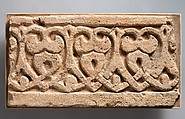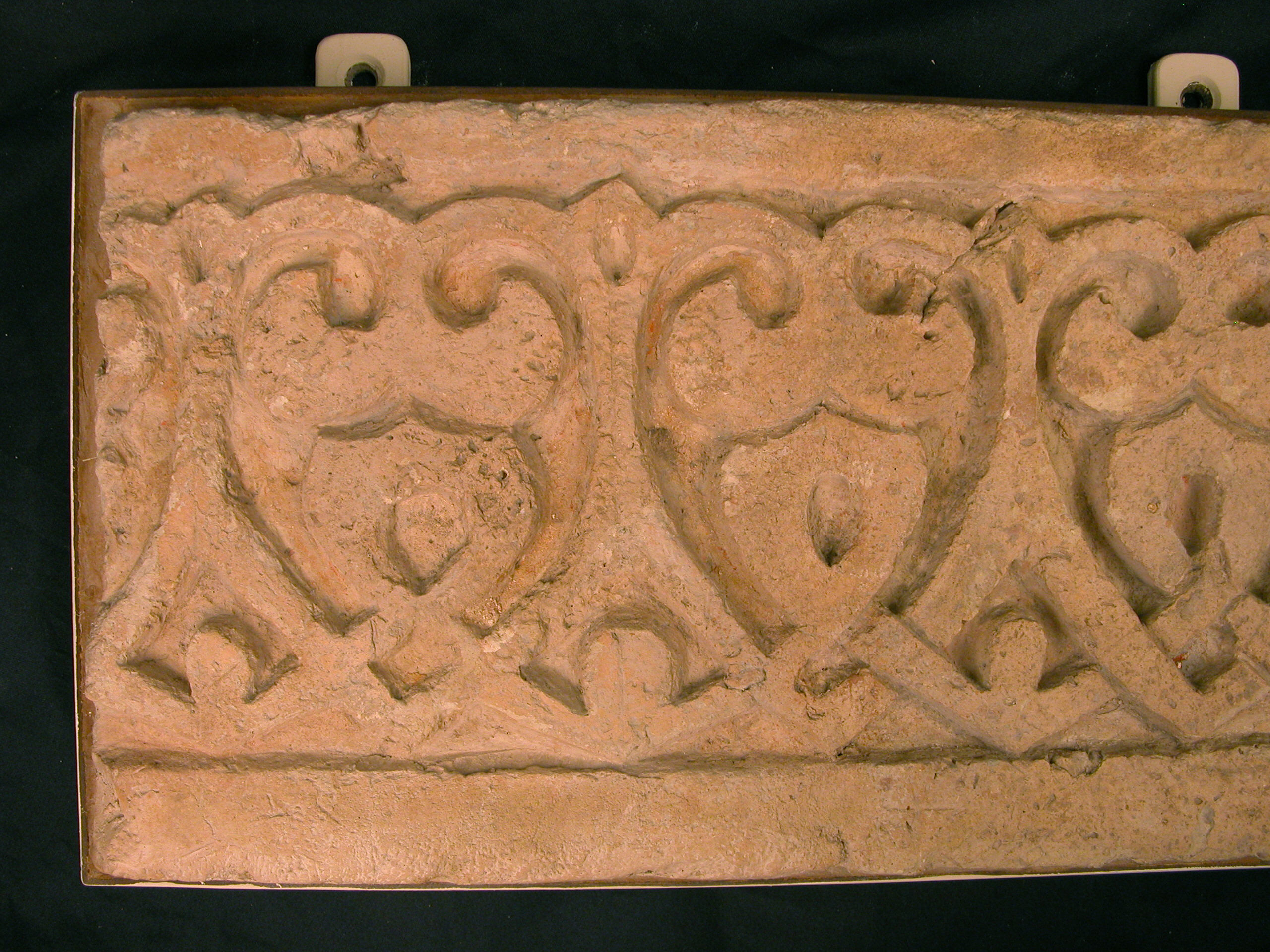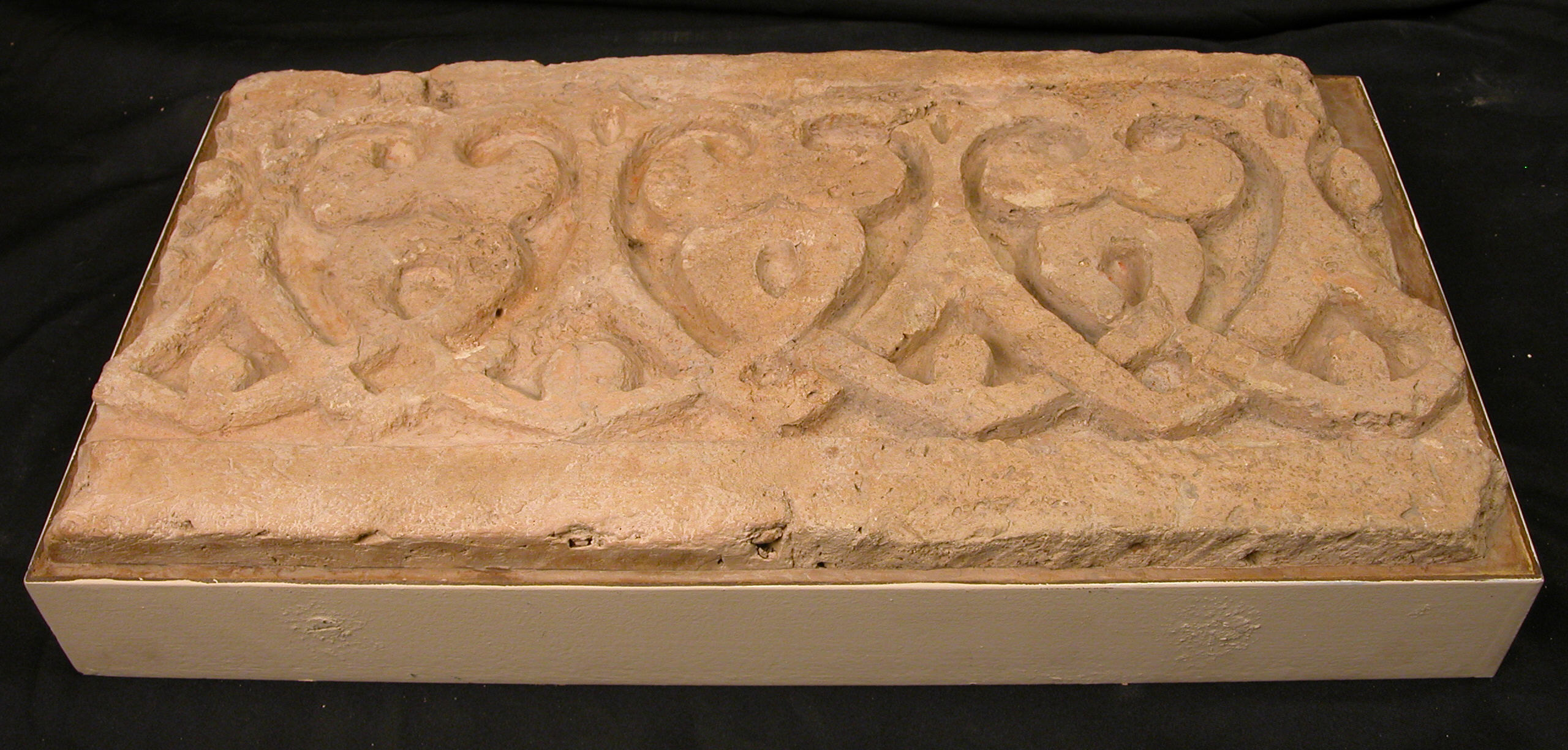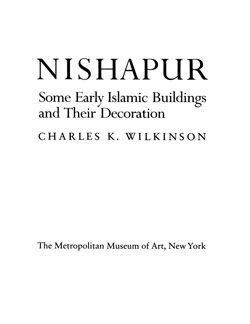Fragment of a Frieze
This terracotta panel is from Tepe Madrasa in Nishapur in Iran. It was once a segment a portal in the prayer hall. Carved terracotta was used as decorative material for architectural sites in Iran as early as the tenth century. It was used to create columns, bosses, string courses, and bricks. Fragments with similar carved designs like these have been found throughout Iran. This rectangular section has a pattern of continuous trilobed pendants linked by interlaced stems, a motif usually described as fleur-de-lys, against a background that was once painted a vermilion red.
This image cannot be enlarged, viewed at full screen, or downloaded.
This artwork is meant to be viewed from right to left. Scroll left to view more.






